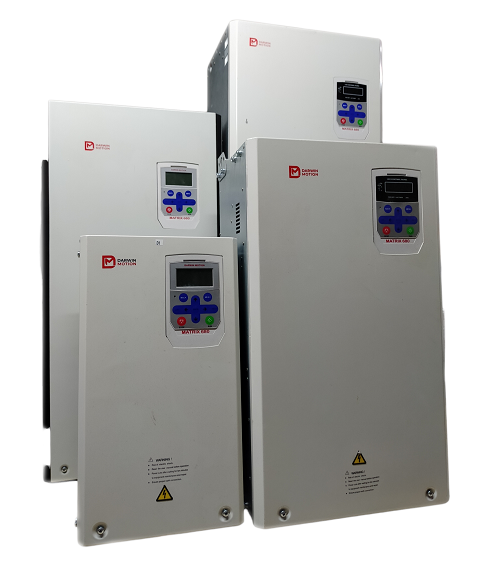Posted on 21st Jun 2025

The petrochemical industry operates in a highly demanding environment, characterized by complex processes, energy-intensive equipment, and strict regulatory requirements. Efficient control of motors and pumps is essential to ensure operational safety, energy efficiency, and cost-effectiveness. Variable Frequency Drives (VFDs) have become a critical component in this sector, enabling enhanced process control, reduced energy consumption, and extended equipment lifespan.
A Variable Frequency Drive (VFD) is an electronic device that controls the speed and torque of an electric motor by varying the frequency and voltage of its power supply. VFDs are commonly used to regulate motor performance in a range of applications, from small pumps to large compressors.
Key Applications of VFDs in the Petrochemical Industry
Pumps are widely used in petrochemical plants for fluid transfer operations, such as moving crude oil, chemicals, and other liquid hydrocarbons. VFDs enable:
Precise flow control, reducing the need for throttling valves.
Energy savings, especially under part-load conditions.
Protection against water hammer and pressure surges by enabling soft starts and stops.
Compressors are vital for gas transport and pressurization processes. VFDs in compressor applications offer:
Speed modulation based on process demand, improving system efficiency.
Reduced mechanical stress, extending equipment life.
Lower operational costs, by minimizing energy use during low-demand periods.
Used in ventilation, cooling, and combustion air supply, fans and blowers benefit from VFDs through:
Improved airflow regulation, supporting better combustion control.
Noise reduction, due to smoother motor operation.
Reduced wear and tear, thanks to optimized speed profiles.
In the production of polymers and other chemical derivatives, precise control over mixing and extrusion speed is critical. VFDs enable:
Consistent product quality, through accurate speed control.
Enhanced process flexibility, adapting easily to product changes.
Less downtime, by reducing mechanical shock during startup.
VFDs can significantly reduce energy consumption—up to 50% in some applications—by adjusting motor speed to match process requirements, instead of running at full speed continuously.
By allowing real-time adjustments to motor speed, VFDs enhance process accuracy, reduce variability, and improve overall production quality.
Soft start and stop features reduce mechanical stress on motors and connected equipment, leading to fewer breakdowns and longer service life.
VFDs can be integrated with plant control systems to enable automated shutdowns or speed adjustments in response to abnormal conditions, improving operational safety.
While high frequency drive offer significant benefits, their implementation in petrochemical environments must account for:
Hazardous area classification, requiring explosion-proof designs.
Electromagnetic interference (EMI), which can affect sensitive instrumentation.
Cooling and maintenance needs, especially in high-temperature or corrosive environments.
Proper selection, installation, and maintenance of VFDs are crucial to realize their full potential in petrochemical facilities.
The application of Variable Frequency Drives in the petrochemical industry has revolutionized how motor-driven systems are controlled and optimized. From improving energy efficiency to enhancing process reliability and safety, VFDs play a vital role in modernizing petrochemical operations. As energy costs and environmental regulations continue to tighten, the adoption of VFD technology is expected to expand, driving smarter and more sustainable industrial practices.